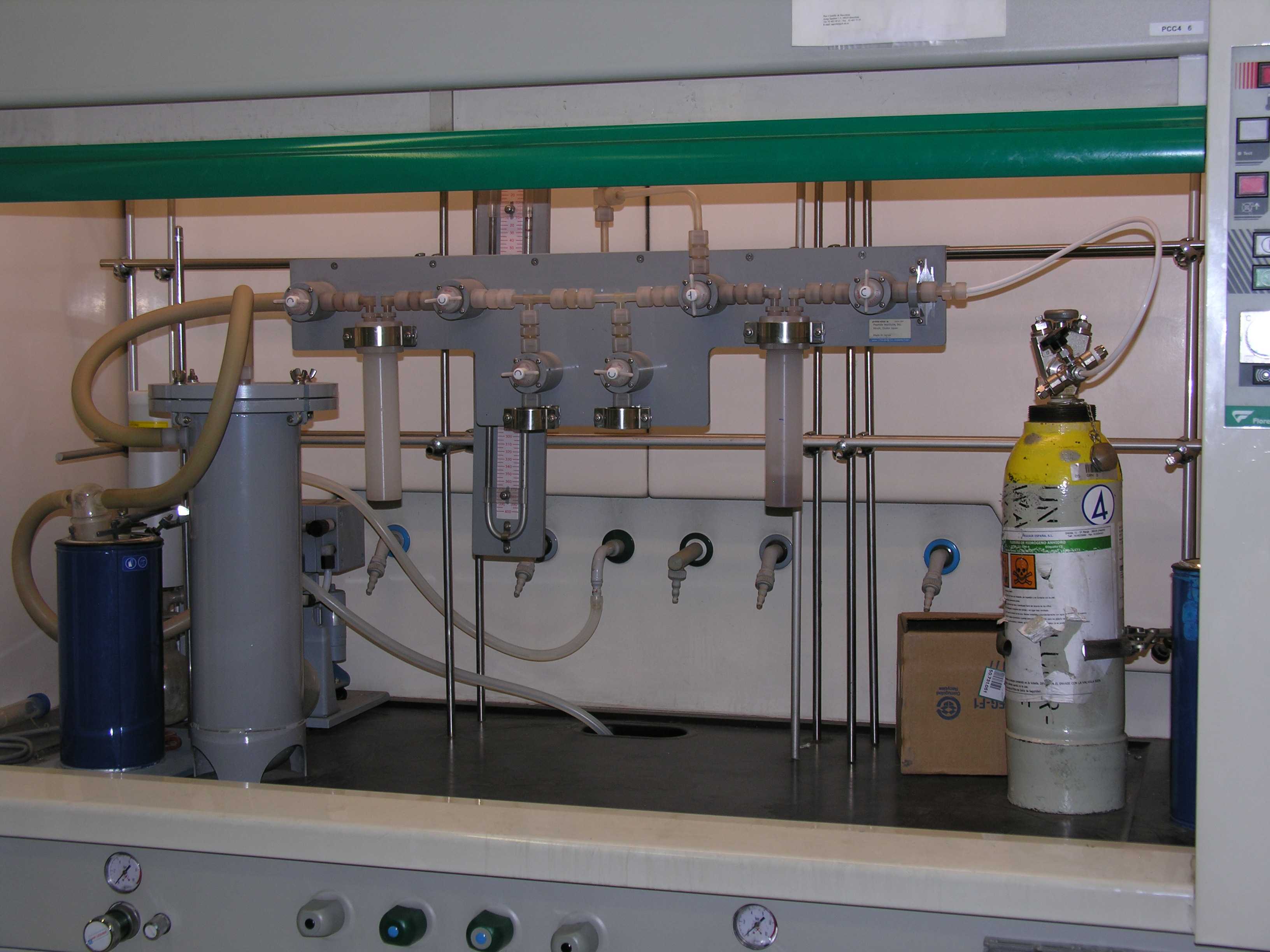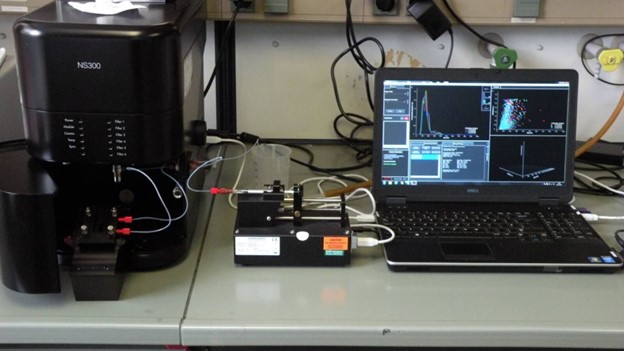U6-S08. Tangential flow filtration
Tangential flow filtration
Tangential flow filtration (TFF) is a process of separation widely used in bio-pharmaceutical and food industries. It is different from other filtration systems in that the fluid is passed parallel to the filter, rather than being pushed through a membrane perpendicularly which can clog the filter media. This method is preferred for its continuous filtration and reproducible performance. The particles that pass through the membrane, the permeate, are put off to the side, while the rest, the retentate, is recycled back to the feed.
Customer benefits
Tangential flow filtration is used in the following processes:
- Concentration: Increases the concentration of a solution by removing fluids while keeping the solute molecules. This process is done by selecting a filter significantly smaller than the solute molecules to allow for a higher retention of solute molecules.
- Diafiltration: The separation of small and large particles, leaving the smaller particles behind without altering the overall concentration.
Target customer
- Pharmaceutical industry
- Food Industry
- Chemical industry
- Materials research centers
References
M.Köber, et al., J.C.I.S 2023, 631, 202-211










